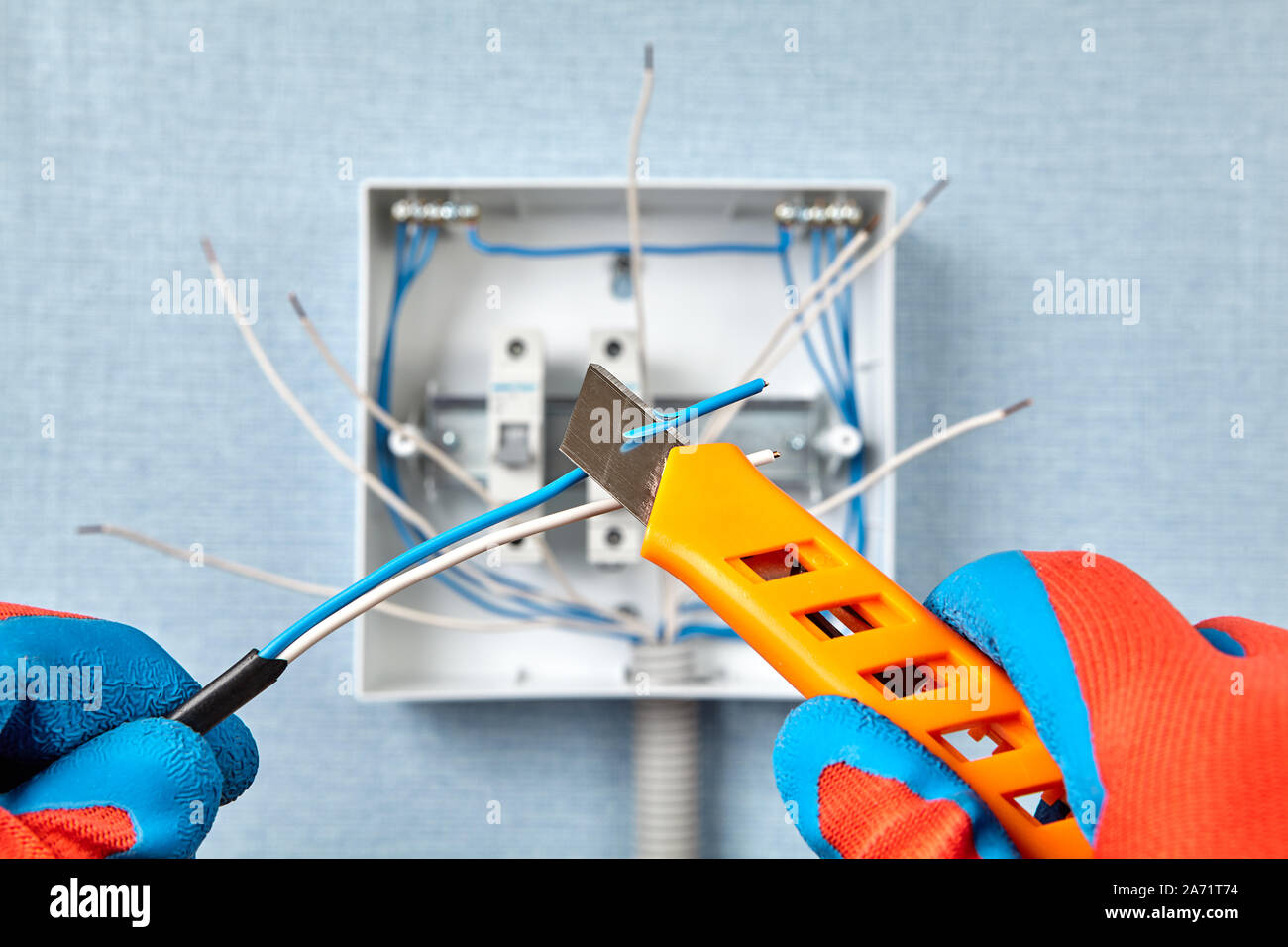Comprehensive Solutions from BRE Services for All Your Requirements
Wiki Article
The Ultimate Overview to Electrical Installment: Tips and Strategies for a Safe and Effective Home Electrical Wiring System
In the realm of home upkeep, couple of facets are as vital yet frequently overlooked as the electrical circuitry system. Making sure a risk-free and efficient home wiring configuration demands not just a standard understanding of electrical concepts however additionally functional expertise of setup strategies and upkeep methods. From navigating the complexities of wire links to fixing typical issues that might arise, this guide intends to gear up property owners with the crucial pointers and devices essential for a protected and energy-efficient electric system. By discovering the subtleties of electrical safety and security procedures and energy-saving practices, this comprehensive overview will clarify the complexities of home wiring, empowering people to take charge of their household's electric infrastructure.Recognizing Electrical Safety Measures
To make certain the security of both individuals and residential or commercial property, understanding and applying appropriate electrical safety measures is vital in any type of home circuitry task. Electricity is a powerful force that can be harmful if not taken care of with care. One of the fundamental safety and security procedures is making sure that all electric work is executed by qualified specialists who adhere to regional building ordinance and guidelines. It is important to perform a thorough inspection of the electrical system before beginning any kind of circuitry task to identify potential threats or problems that need to be attended to.In addition, utilizing the proper devices and devices is necessary for preserving safety and security throughout electrical setups. Protected handwear covers, voltage testers, and protective eyeglasses are several of the standard safety and security gear that must be used to prevent electrical shocks or mishaps. It is additionally vital to de-energize circuits before working with them and to label all circuits and breakers clearly to prevent complication.

Necessary Devices for Home Circuitry
Making certain the correct implementation of electrical safety measures in home circuitry projects involves using a details collection of important devices made to help with the setup procedure efficiently and securely. Some of the key tools needed for home electrical wiring tasks consist of a voltage tester for checking real-time cords, cord pole dancers for eliminating insulation from cords, a cable cutter for exactly cutting cables to length, a screwdriver established for safeguarding electric components, electrical tape for insulation and safeguarding connections, a cord ripper for stripping cord sheathing, and a multimeter for measuring voltage, current, and resistance.Step-by-Step Electrical Installment Guide
Beginning an electrical installment task calls for precise preparation and adherence to safety guidelines. Prior to beginning any work, ensure you have an in-depth plan describing the design of the electrical system, consisting of the positioning of outlets, BRE Automation Australia switches, and components. Think about the power requirements of each device to figure out the appropriate wire scale and breaker dimensions.The initial action in the installation procedure is to shut down the power supply to the location where you will be functioning. Make use of a voltage tester to validate that the circuits are de-energized before touching any type of cables. Next off, carefully get rid of existing components or electrical outlets and separate the wires.
When mounting new wiring, run cables via walls and ceilings, securing them in position with proper fittings. Adhere to local building ordinance and manufacturer directions for proper wire installment and links. BRE Services. Make certain to classify cords for easy recognition and future maintenance

Troubleshooting Common Electrical Wiring Issues
Having completed the installment procedure as detailed in the previous subtopic, repairing usual circuitry issues is a vital skill for making certain the safety and functionality of your electrical system. One typical problem is a stumbled breaker, often brought on by overloaded circuits or a short circuit. To troubleshoot this, locate the breaker panel, identify the tripped breaker by trying to find the one not completely in the "on" setting, and reset it by turning it completely to "off" and then back to "on." Another widespread trouble is a damaged outlet, characterized by no power or intermittent power supply. Make sure the electrical outlet is not controlled by a switch, after that use a voltage tester to look for power. If there is no power, transform off the circuit, inspect the circuitry connections for any kind of loose or damaged wires, and replace the electrical outlet if necessary. Continually flickering lights can show loosened wiring links or an overloaded circuit. To resolve this, check and tighten up all wire connections in the influenced fixtures and switches and redistribute the lots on the circuit to balance the electrical demand. On a regular basis evaluating and without delay attending to these typical electrical wiring issues will preserve the safety and security and effectiveness of your home electrical system.Tips for Energy-Efficient Electrical Solutions
For optimum power efficiency in electric systems, implementing clever techniques and making use of energy-saving technologies is vital. One crucial idea for attaining an energy-efficient electrical system is to upgrade to LED lighting. Appropriate insulation and securing of windows, doors, and electric outlets can also avoid power loss, inevitably decreasing the work on electric systems.Conclusion
To conclude, implementing correct safety actions, using essential tools, complying with a detailed installment guide, fixing common concerns, and including energy-efficient tips are critical for a safe and reliable home circuitry system. By adhering to these practices, homeowners can guarantee the durability and functionality of their electric installments. It is necessary to focus on safety and security and performance when it comes to electric operate in order to prevent prospective dangers and to preserve a reliable electrical system in the home.Report this wiki page